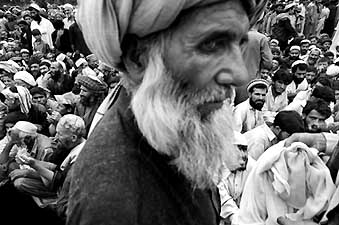MFP shall refocus its activities by adapting itself with the visual media first and then realign with more editors and magazines that look out for peoples news and views.
There has been a rapid growth of film/video and public access training programmes for community groups in practically every country in the world. In India, for example, where there over 15,000 non-governmental organisations and thousands of schools and colleges looking for alternative video programmes, an alternative video movement has sprung into existence to supply this demand for programmes on ethnic strife and its roots and economic and environmental problems.
As Edward S. Herman and Robert W. McChesney write in their book The Global Media, The central question is whether the various media activist groups can generate support from sympathetic larger aggregations such as religious bodies, labor and educators, coalesce, and work to mobilize public opinion in favor of media reform. There is no shortage of ideas on how to create and support a viable nonprofit and noncommercial media, only a lack of finance and organized political muscle. The current wave of media activism is still in its nascent stage, so it is difficult to predict its future course. To succeed, the battle must be engaged locally, nationally and globally. At the global level media activists must not only join together but must also push for reinvigorating and reorienting public service groups like UNESCO and ITU. The ultimate goal must be the establishment of a global, nonprofit public sphere to replace or at least complement, the global commercial media market.
As both writers remind us, the battle for a democratic communication is part and parcel of the battle for a more just and democratic economy.

